Letter of Good Character Template for Personal and Legal Use
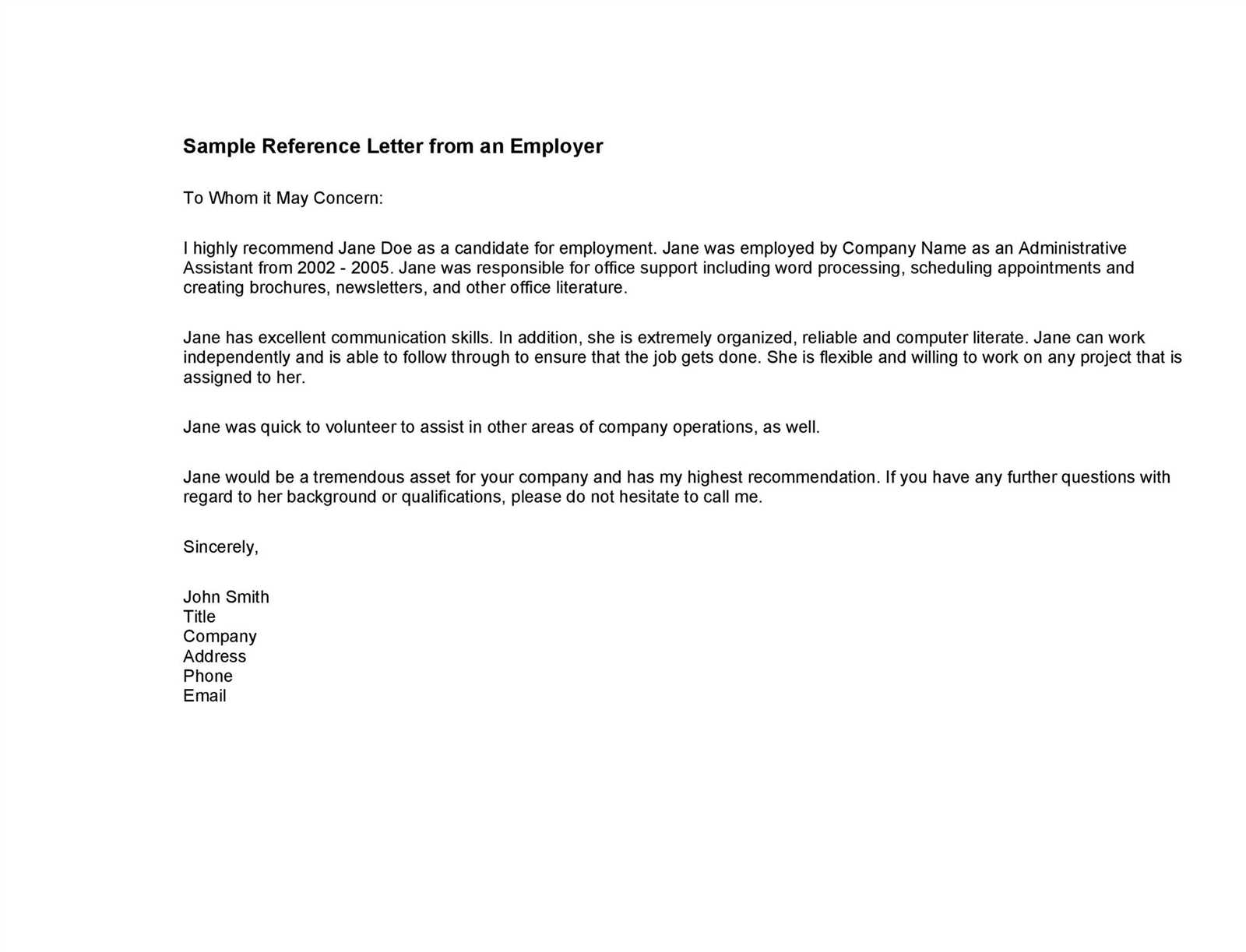
When someone requires a statement of their integrity, reliability, and moral standing, it’s important to present a well-structured, clear, and sincere endorsement. This type of document helps the recipient better understand the individual’s qualities, especially when needed for professional or personal matters. Whether it’s for court procedures, job applications, or other situations, knowing how to craft such a message is crucial.
Key Components of a Strong Endorsement
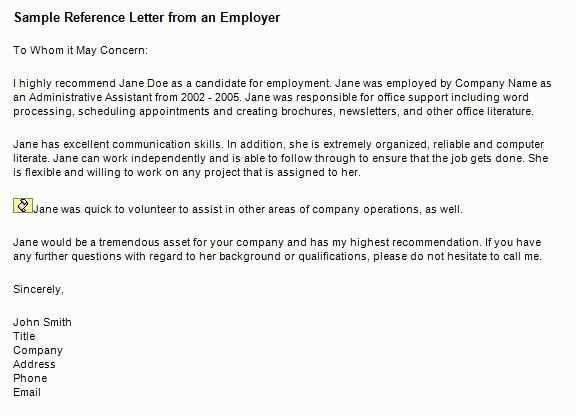
A powerful testimonial includes several core elements that convey trustworthiness and authenticity. These features provide the foundation for a persuasive and effective endorsement:
- Introduction: Begin by stating who you are and how you know the individual. Mention the context of your relationship, ensuring the reader understands your position to judge the person’s qualities.
- Personal Attributes: Highlight the individual’s strengths, such as honesty, responsibility, or reliability. Focus on specific behaviors or experiences that showcase these traits.
- Real-Life Examples: Share brief stories or situations that demonstrate the person’s character. Concrete examples make your statements more convincing and memorable.
- Conclusion: Summarize your recommendation and reaffirm your belief in the individual’s positive qualities. Offer your availability for further contact if needed.
How to Tailor the Document for Different Purposes
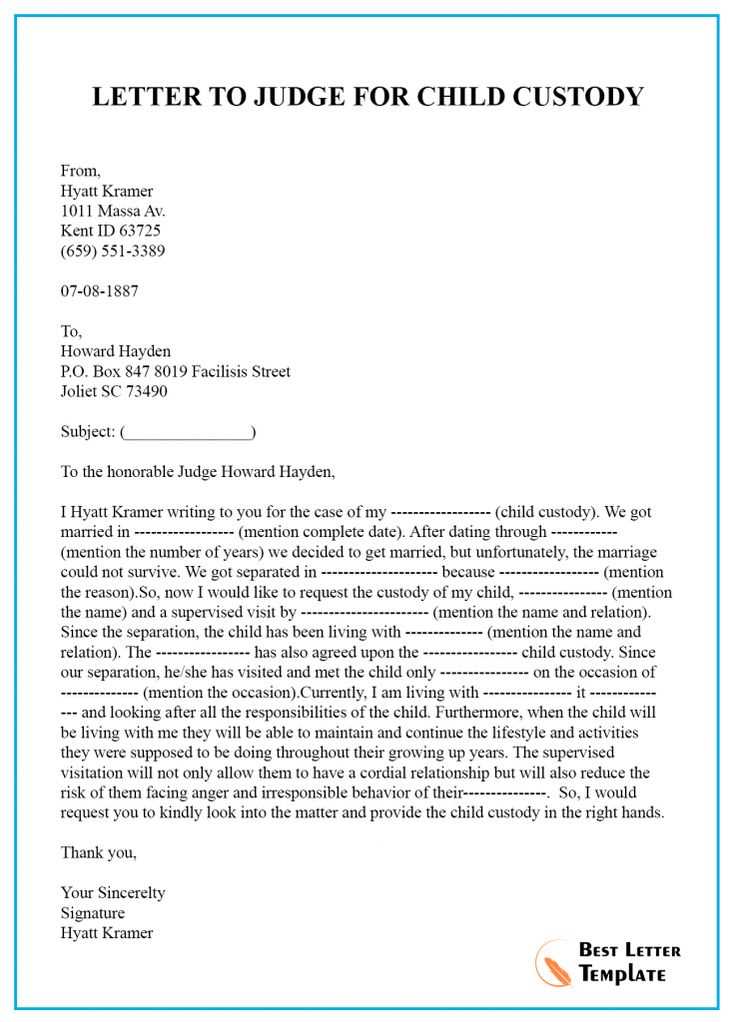
Depending on the reason for the endorsement, you may need to adjust your tone or content. A reference for a legal case might require a more formal approach, while one for a job application could highlight professional attributes. Always ensure that your message is relevant to the specific situation.
Avoiding Common Pitfalls
It’s easy to fall into traps that weaken your endorsement. Here are some key mistakes to avoid:
- Vague Statements: Avoid general phrases like “They are a good person.” Specific details make your words stand out and create a stronger impression.
- Overly Emotional Language: Stick to factual, objective observations. Over-the-top sentimentality can undermine the credibility of your message.
- Failure to Proofread: Grammar and spelling errors can make your statement appear unprofessional. Always review your document before submission.
Final Tips for Crafting a Memorable Endorsement
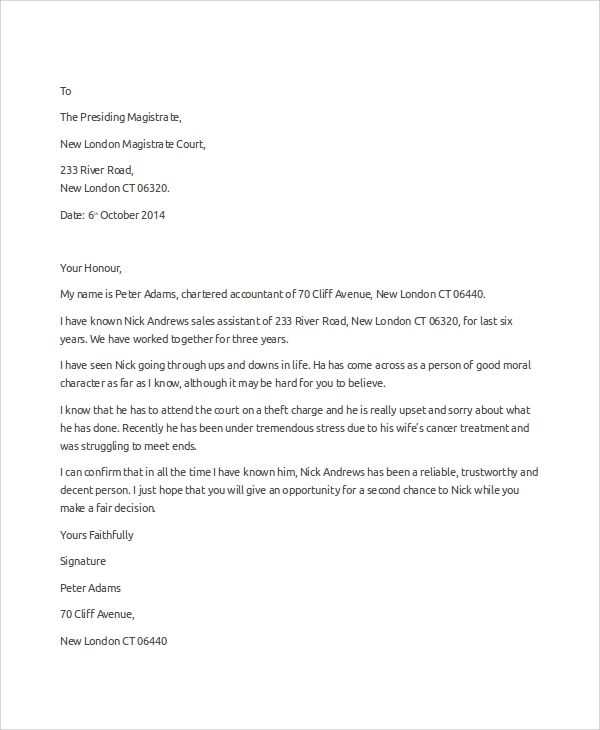
Make sure your recommendation is genuine and honest. The goal is to give the reader an honest insight into the person’s nature. If you have any doubts or feel uncomfortable vouching for someone, it’s better to decline the request than provide an insincere endorsement.
Understanding Personal Endorsements and Their Importance
In various situations, individuals may require formal support or affirmation regarding their reliability and integrity. A well-written statement of recommendation can greatly influence decisions in professional, legal, or personal contexts. It is essential to know the components that make such endorsements impactful, as well as how to tailor them for different purposes.
Why You Might Need a Reference
Whether you’re applying for a job, participating in legal proceedings, or even renting a property, a positive recommendation can strengthen your application. These endorsements offer insight into a person’s qualities that aren’t always apparent through other means. They highlight trustworthiness, work ethic, and personal conduct, which can make a significant difference in how you’re perceived.
Key Aspects of a Strong Recommendation
A compelling endorsement consists of several important features. These include a clear introduction to your relationship with the individual, an explanation of their positive attributes, and specific instances that demonstrate their trustworthiness or work ethic. The statement should be personalized, with examples that emphasize the individual’s unique qualities.
How to Craft an Impactful Testimonial: To write an effective recommendation, focus on sincerity, clarity, and brevity. Avoid exaggerating the person’s qualities and instead, provide a genuine portrayal of their strengths. Mention relevant traits for the specific purpose of the recommendation and illustrate those with real-life examples.
Common Mistakes to Avoid
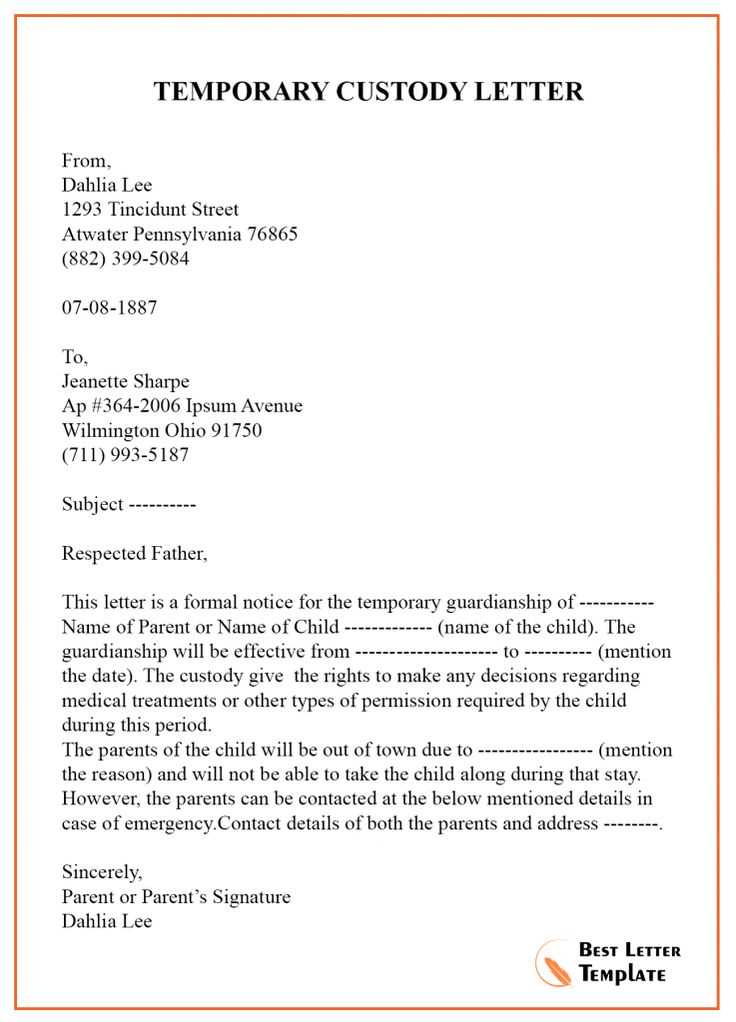
While crafting a personal endorsement, it’s crucial to avoid vague statements, overuse of superlatives, or excessive emotional language. These can diminish the impact of the recommendation. Additionally, failing to proofread can result in minor errors that detract from the professionalism of the endorsement.
Adapting for Different Purposes: Depending on the context, it may be necessary to adjust the tone of your endorsement. A professional recommendation may require a formal approach, while a personal one could be more casual but still sincere. Tailoring your statement ensures it aligns with the recipient’s expectations.